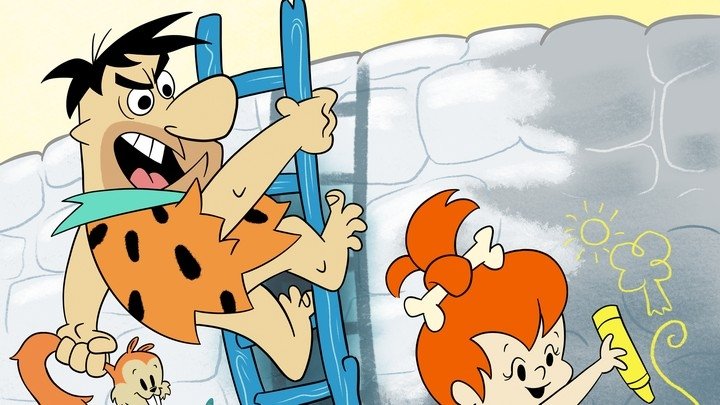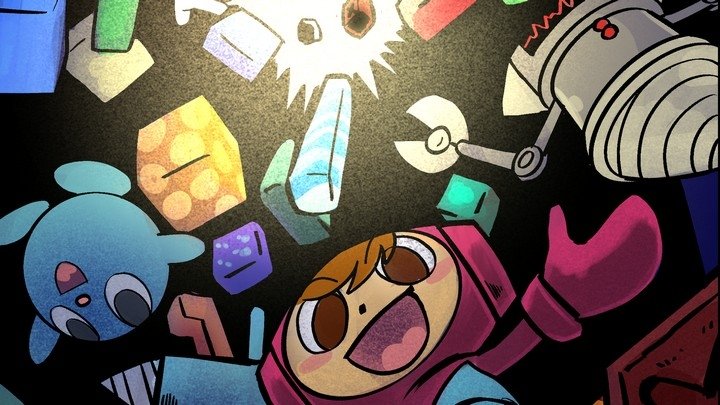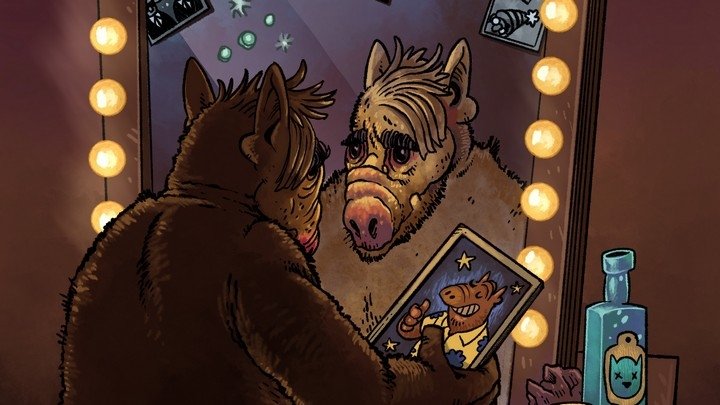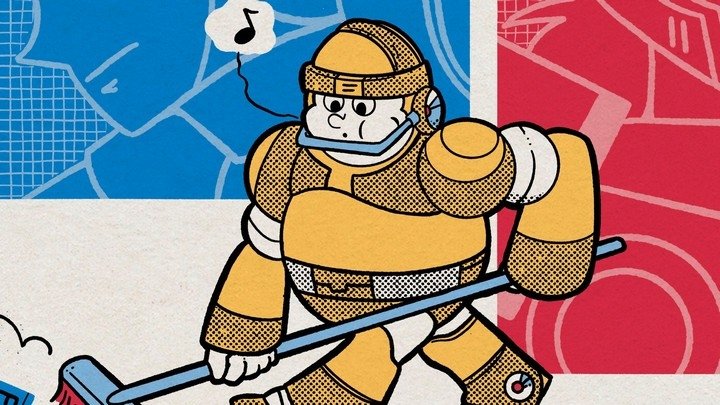All Together Then: Super Mario All-Stars
Nintendo's seminal compilation, remembered
In this column the vast, vaunted valedictorian Stuart Gipp takes a fortnightly look at retro compilations of the past, examining how old-school videogames have been presented in their many re-releases over the years.
I thought I'd get this one out of the way early. After all, Nintendo's 1993 SNES powerhouse Super Mario All-Stars is, to many, still the retro compilation. Packing Super Mario Bros., Super Mario Bros. 2 and Super Mario Bros. 3 along with the bonus inclusion of Super Mario Bros.: The Lost Levels - actually a retitled first Western release of the super-challenging Famicom Disc System Super Mario Bros. 2, which is not the same Super Mario Bros. 2 released in the West, which was a reskin of Doki Doki Panic - look, you're on Retronauts. I'm sure I don't need to tell you that Super Mario Bros. 2 USA is Doki Doki Panic and Super Mario Bros. 2 JP is The Lost Levels. This is Mario 101. Though actually the 101st Mario game was Super Mario World 2: Yoshi's Isla(GET ON WITH IT - Ed)
Alright, alright. Yes. Super Mario All-Stars. In a sense I'm violating the All Together Then premise (after a record one instalment) by covering this, because technically it's a series of remakes rather than an accurate presentation of classic games, but it's so significant that it has to be done. Also it's my feature and I'll do as I please, thank you very much.

By and large, the games have been recreated as they were, but with significantly enhanced visuals. Super Mario Bros. 2 comes out of this the best, with its vibrant colours bringing new life to this unusual but brilliant instalment. The original Super Mario Bros. (and Lost Levels, by extension) looks a little unusual in this new version, with the brothers themselves appearing downright odd. The simplicity of the original 1985 NES game's component elements don't really lend themselves to greater fidelity and what appeared charmingly unusual on the NES just looks like, well, a bunch of bricks on SNES. Similarly, while Super Marios Bros. 3 looks superb, one could argue that some of the more abstract visuals have been homogenised by the aesthetic change - the bizarre starlit caverns, for example, are now plain, brown tunnels.

The experience of playing the games on the newer hardware is, for Mario 2 and 3, absolutely fine. While these latter games may have minor differences from their original versions, they're negligible enough not to have any meaningful impact. Super Mario Bros. and Lost Levels, however, have been - for want of a better word - banjaxed. Due to presumable incompetence, the way that brick-breaking works has been modified. On the 8-bit system, breaking a brick as Super Mario bounces the player back down to the ground rapidly. On the 16-bit, Mario careens through, his upward momentum barely arrested. It is admittedly a very small change, but to my mind it's significantly damaging to the game's freewheeling feel.

Soundtracks have been re-arranged very nicely and a welcome save feature has been added to every game. It retains your progress from the beginning of a world, which is a nice compromise that doesn't fundamentally destroy the experience and challenge of a classic game in the way the modern trend towards save states does. That said, Lost Levels allows saving after every single level, which is welcome given how freaking difficult it is.

All-Stars is a classic for a reason - it reintroduced three acknowledged masterpieces for a new generation - games that still held tremendous esteem - and brought incredible value to the table. Memorably, the UK Nintendo magazine Total! gave it a 99% score, plastering said score over the entire front cover. The Super Mario Advance series drew from All-Stars, with the original Super Mario Advance and Super Mario Advance 4 being enhanced ports of the SNES takes on Super Mario Bros. 2 and 3 respectively. Finally, the later Super Mario All-Stars 25th Anniversary Edition for Wii was essentially the unchanged SNES game, which sold gangbusters. That's evergreen.

Addendum: A revision - Super Mario All-Stars + Super Mario World - was released in 1994, including the same content as the original but with the addition of SNES launch title Super Mario World for even greater value.




